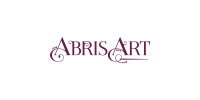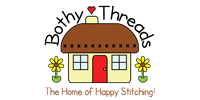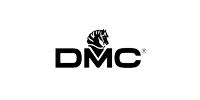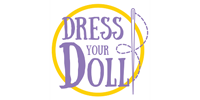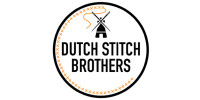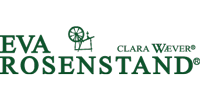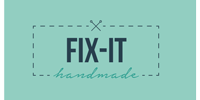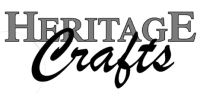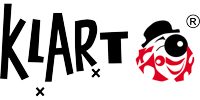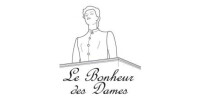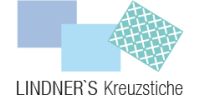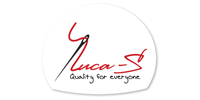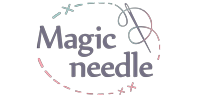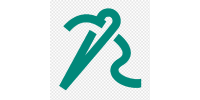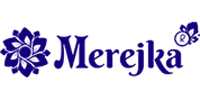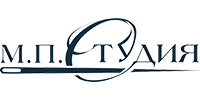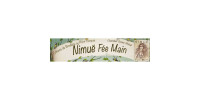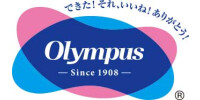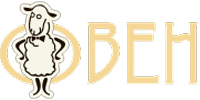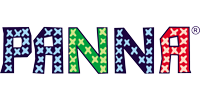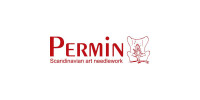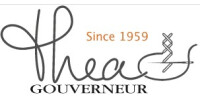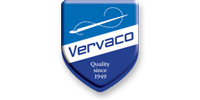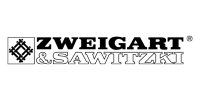Cross-stitching is an engaging and creative activity that allows you to bring your ideas and fantasies to life on fabric, whether you are a newcomer to the world of needlework or an experienced master.
There are many ways of cross-stitching, each differing in the technique of stitching crosses.
In this article, we will explore three of the most popular cross-stitching techniques: the traditional method, the parking method, and the Danish method.
Traditional Method
The traditional method of cross-stitching is also known as the "backstitch" or English method. It is one of the most popular and widely used ways of cross-stitching. It is based on creating crosses consisting of two diagonal stitches intersecting at the center.
Each cross is stitched individually, allowing for a high degree of accuracy in the work without a large number of extra threads on the back of the embroidery.
One of the main advantages of the traditional method is its versatility. It is suitable for a wide range of designs, from simple patterns to complex pictures. Due to its simplicity and accessibility, this method is suitable for both novice stitchers and experienced masters.
It is worth noting that this method of stitching may result in color blending if stitching with a large number of shades. Additionally, the need to stitch on hoops is a disadvantage as the method requires perfect fabric tension.
Parking Method
The parking method is a modern approach to cross-stitching that makes the process more organized and efficient. In this method, the needle with thread is temporarily "parked" on the fabric awaiting further use.
The main idea of the parking method is not to cut the thread after completing a section of one color but to temporarily secure it in the area where the same color will be used later.
When stitching with this method, the stitcher simultaneously uses several threads of different colors.
With this method, it is not necessary to use hoops or frames since the threads support the fabric shape well enough.
The parking method minimizes thread waste and allows for faster stitching. However, the backside of the embroidery will be less neat. Additionally, stitchers, especially beginners, may get confused with the pattern and make mistakes. Therefore, the parking method requires careful monitoring.
Nevertheless, the parking method is becoming increasingly popular among experienced stitchers due to its efficiency and ease of use.
Danish Method
The Danish method involves stitching the lower stitches first, followed by stitching the upper stitches of the crosses in the opposite direction. This method is also known as the "forward needle" method.
The method is excellent for stitching horizontal rows and for large sections done in a single color.
When using the Danish method, it is important to ensure sufficient and uniform tension of the fabric and threads, so be sure to use hoops or frames.
The main advantage of the Danish method lies in its speed and rhythm, as frequent turning of the fabric and needle movement are not required. However, do not choose the Danish method if you need to stitch a pattern containing many small details and a large number of contrasting threads, as the work may not turn out very neat in this case.
In conclusion, it is worth emphasizing that cross-stitching is a creative activity that allows you to express your creativity and individuality on fabric. Regardless of the chosen stitching technique, each method has its own features and advantages.
The traditional method is distinguished by its versatility and is suitable for both professionals and beginner stitchers. The parking method requires careful monitoring of the pattern during work. The Danish method, in turn, provides a quick way to stitch but may not be suitable for patterns with many small details.
It is important to choose the method that matches your style, level of experience, and the characteristics of the stitching pattern. But regardless of the choice, cross-stitching should always be a pleasant and creative activity that brings you joy.
